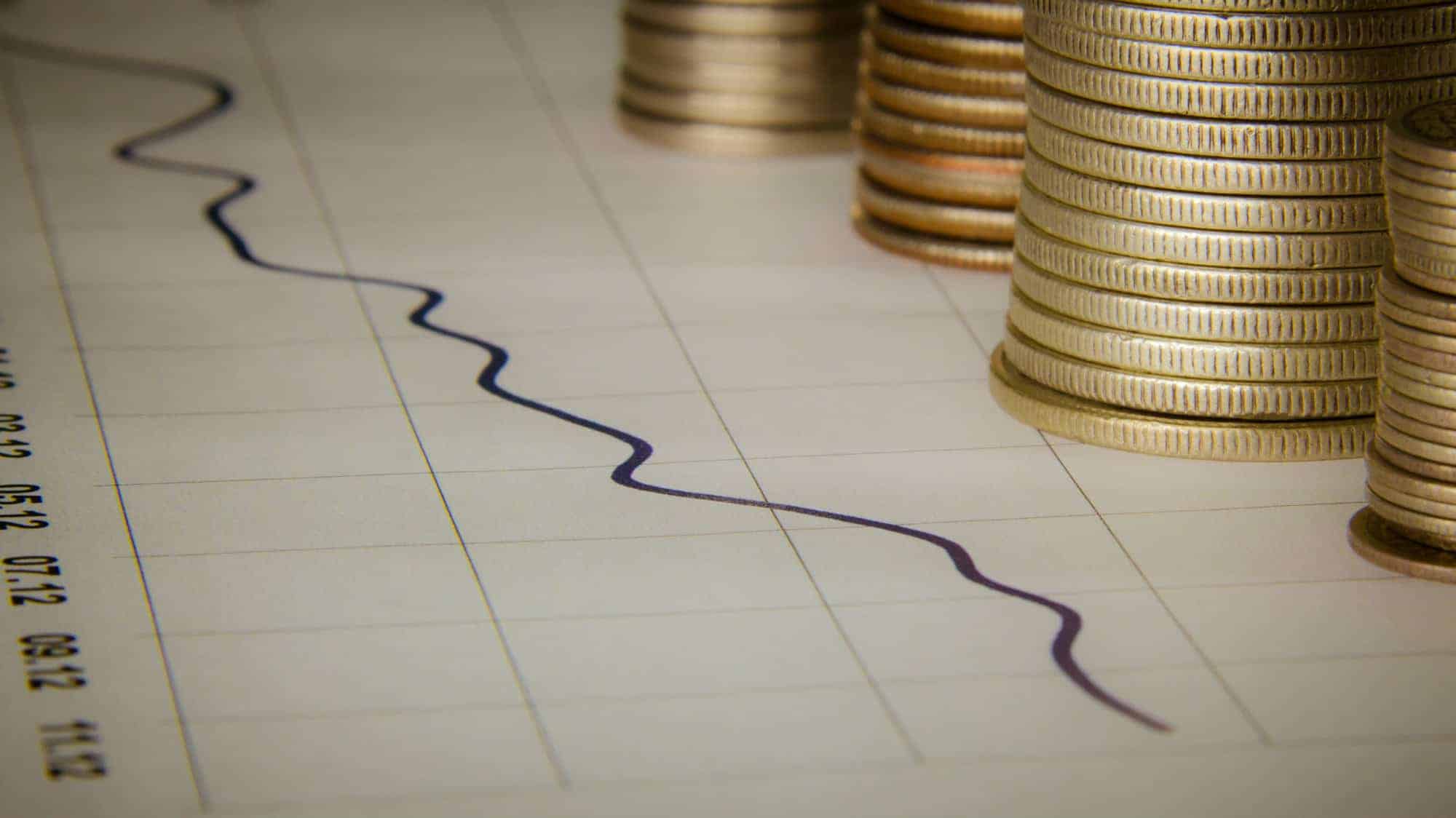The TSX just celebrated a big milestone — the index closed in early February at nearly 15,950, which would mark an all-time high. The TSX has sold off since then, but many investors are still optimistic. While it is, of course, possible that the market can continue higher without a material 15% or 20% sell-off, the question for investors is if the reward of staying fully invested exceeds the risk.
Based on the concerning valuation metrics of both the TSX and S&P 500, the answer seems to be no. The recent all-time highs are a perfect opportunity to take profits on strongly performing names and to increase cash balances which can be used to buy discounted names during a sell-off.
Where should investors look to take profits? Canadian banks are a good place to start. Banks have led the TSX year-to-date and comprise 35% of the index, and they currently trade at about 12.6 times their projected 2017 earnings. Since 2000, banks have only traded at these levels very briefly in 2009-2010 and again around 2005-2007, when bank return on equity and earnings growth were much stronger.
With a long-term average price-to-earnings ratio of 11.2, banks no longer represent good value, and investors should look to take profits on what has been a nearly 8% run-up in 2017 alone.
It’s not just banks that are expensive
While banks are an easy target to take profits from given the recent massive run, both the broad S&P 500 (which strongly correlates to the TSX) and the TSX are looking quite expensive. Starting with the U.S. S&P 500, valuations are becoming extreme.
The Shiller price-to-earnings (P/E) ratio is a popular way of measuring the valuation of the U.S. index, and the Shiller P/E ratio is calculated by comparing the past 10 years of earnings to the current value of the index. The long-term average Shiller P/E ratio is 16.73, and the current Shiller P/E ratio is 29.25.
Since 1880, these levels have only been hit twice. The first time was Black Tuesday, which was immediately before the Great Depression stock market crash in 1929. This occurred at a Shiller P/E of 30. The second time was during the Dot-Com Crash around 2000. The Shiller P/E briefly spiked up to about 45 before this crash occurred, and this is the only precedent for valuations at current levels (and they did not last long).
The U.S. stock market is also overvalued according to the “Buffett Indicator,” which compares the value of the stock market to the U.S. GDP. Currently, the stock market is about 122% of GDP, and these levels have only been hit twice since 1950. The first was, again, before the Dot-Com Crash around 2000, and the second was briefly in 2010-2011.
The current strength in stocks is due to low interest rates (which make investing in stocks more appealing), but rising interest rates are now putting stocks at risk. The Federal Reserve could raise rates three times in 2017 due to strong economic growth from the U.S., and this is certain to pressure stocks.
Increases in U.S. rates also put upward pressure on Canadian rates, and the TSX is looking just as bad as the S&P 500 from a value perspective. According to National Bank, the TSX is currently trading at its highest valuation at this point in 2017 since 2001. The bank has a 15,600 target price on the TSX, which is below the current level the TSX is trading at.
TransCanada is a good place to hide
While banks may be overvalued and susceptible to a sell-off, pipeline companies have several macroeconomic tailwinds, including expected oil price strength (years of underinvestment and OPEC supporting the market will put a floor on oil prices), and a pro-pipeline U.S. administration.
TransCanada Corporation (TSX:TRP)(NYSE:TRP) represents a good way to play this strength, especially with the recent Keystone approval. TransCanada has a strong $26 billion capital growth program and will grow its dividend by 8-10% annually through to 2020.










